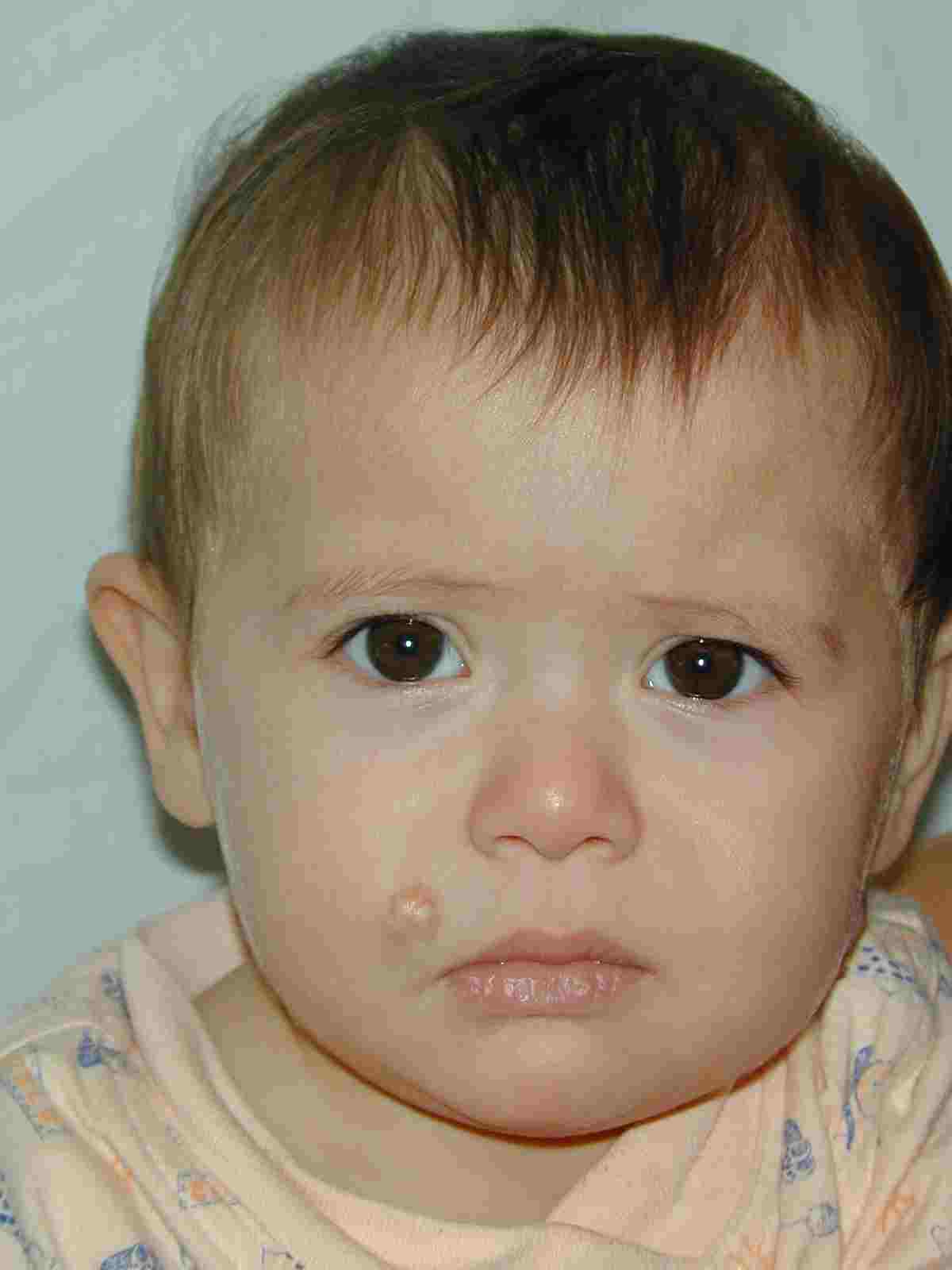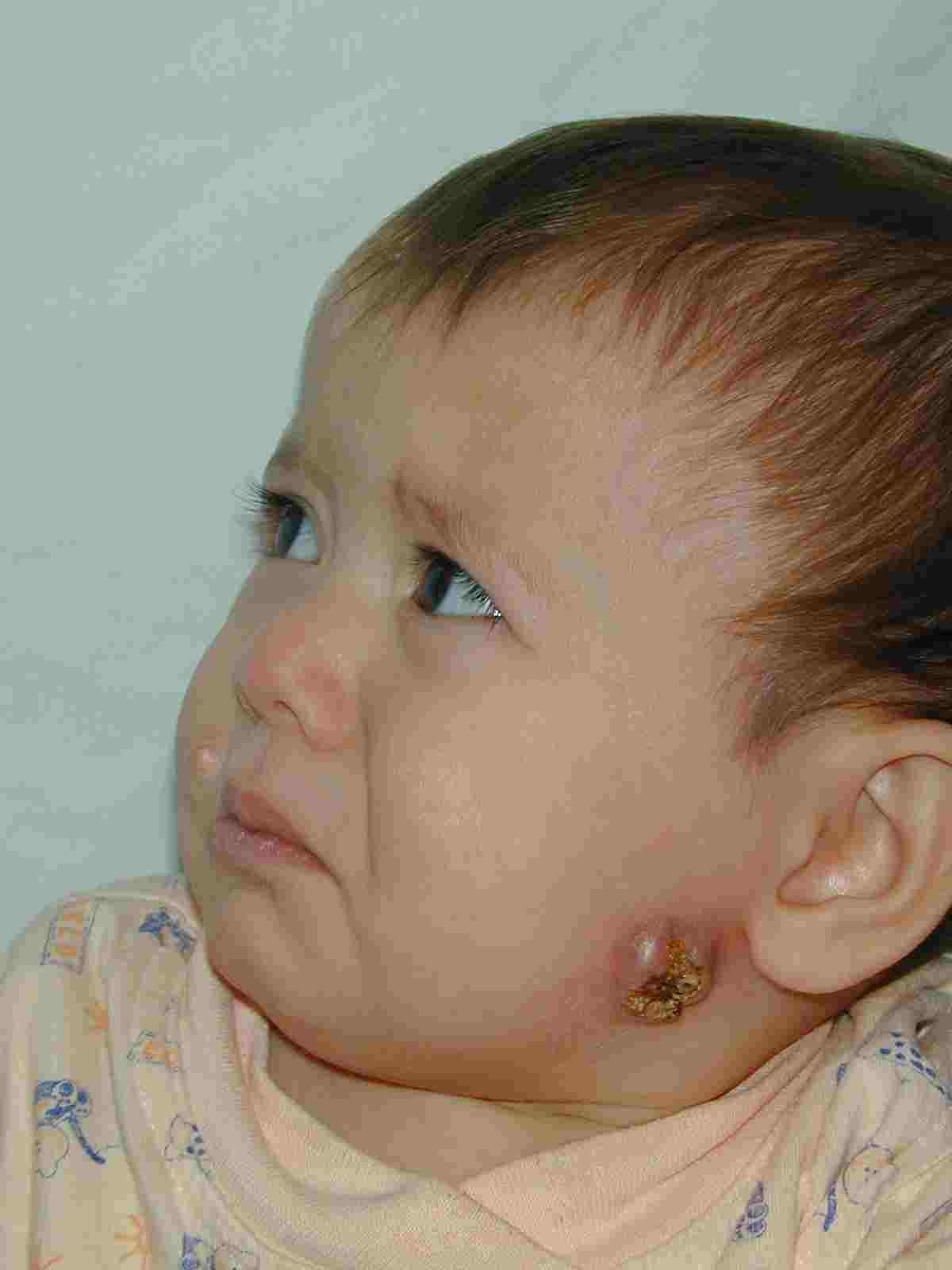Room 2 (Henry B. Gonzalez Convention Center)
Sunday, November 3, 2002
8:00 AM - 4:00 PM
Room 2 (Henry B. Gonzalez Convention Center)
Monday, November 4, 2002
8:00 AM - 4:00 PM
Room 2 (Henry B. Gonzalez Convention Center)
Tuesday, November 5, 2002
8:00 AM - 4:00 PM
Room 2 (Henry B. Gonzalez Convention Center)
Wednesday, November 6, 2002
8:00 AM - 4:00 PM
238
P8 - Atypical Ulcerative Malharbe Tumor in a Very Young Patient
Malherbe tumor, also known as pilomatrixoma, is a benign cutaneous tumor of hair matrix origin. Though Malherbe and Chenantis were the first ones to describe this tumor, they failed on the assumption that it originated from the sebaceous glands. Typical presentation of the tumor is an asymptomatic, solitary, subcutaneous nodule occurring on the head and neck region, in the first two decades of life. The tumor does not possess an aggressive behavior and surgery is the treatment of choice. Variations from this typical form exist, as multiple, syndromic, aggressive, symmetrically localized or giant lesions have been sporadically reported. We present a rare case of multiple pilomatrixoma with one ulcerative lesion appearing on the preauricular region and another one on the nasolabial fold in a 14 month-old baby. The ulcerative lesion exhibited increased mitosis on histopathologic examination. Here presented case contains several interesting aspects in its clinical profile. First of all, despite the fact that these tumors can be seen in the childhood period, they are not common during infancy and this case is one of the younger cases that has been reported if not the youngest one. Secondly, multiple occurrence is rare with an incidence of 2% to 3.5% of all cases. In our case there were two lesions located one on the left preauricular region and the other one on the right nasolabial sulcus. Moreover, one of the lesions showed significant ulceration on its surface which is not a regular finding of pilomatrixomas. Last but not least the histopathological evaluation of the lesion with ulceration showed increased mitosis which is an unusual feature that may suggest the potential aggressivity of the tumor. Having all these peculiarities in the same patient makes the case quite unique and increases the value of long-term follow-up.
View Synopsis (.doc format, 194.0 kb)
See more of Posters
Back to 2002 Complete Scientific Program
Back to 2002 Meeting home



